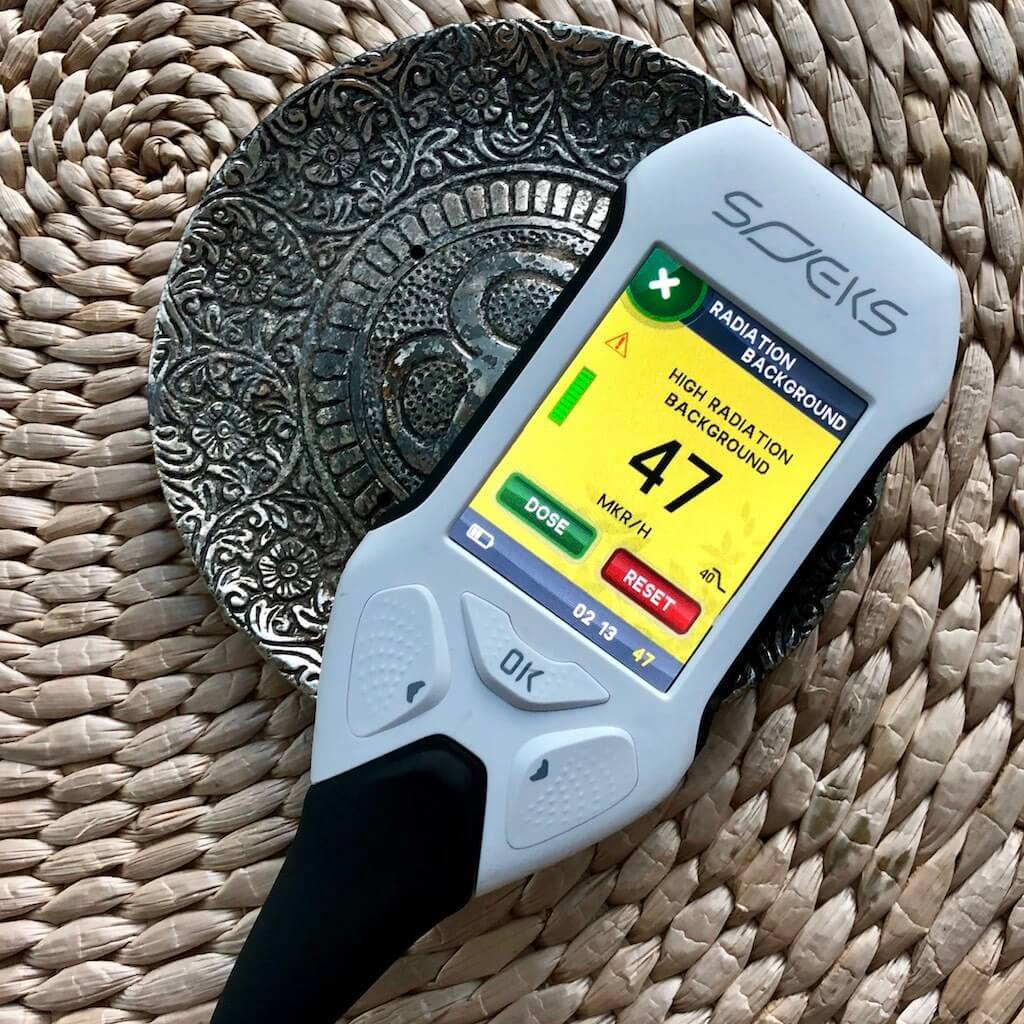Understanding Safe and Dangerous Radiation Levels
Safe Radiation Levels
It’s easy to be concerned about the levels of radiation you and your loved ones are exposed to on a regular basis. Are you putting yourselves at risk for serious health conditions from this exposure? In reality, some radiation is completely normal and safe to be around.
After all, there are radioactive materials naturally found in the environment around us, in some of the foods we eat, such as bananas, and even in our own bodies. The mineral potassium creates radiation! We are also exposed to radiation through X-rays and other tests.
But at a certain point, your radiation exposure turns into a potentially harmful level that puts your health at risk. So what are safe radiation levels and at what point do conditions become dangerous?
What Are Normal Radiation Levels?
All the time, we are exposed to radiation, which is measured in microSieverts per hour or uSv/h. The radiation we come in contact with naturally each year is about 2 milliSieverts or 2 mSv or 2000 uSv. X-rays give you anywhere from 0.01 to 1.50 mSv, depending on which part of your body you have scanned. CT scans give exposure to even more at 2.00 to 16.00 mSv.
Geiger counters can show and alarm about high levels of ionizing radiation such as beta, gamma, X-rays, and even EMFs in your environment.
When Do Radiation Levels Get Dangerous?
The level of radiation that shows a clear sign of cancer increases is 100 mSv per year. It’s important to consider how radiation levels can add up from different sources, so it's important to keep track of the radiation levels throughout a year to be safe. The 100 mSv mark is also the limit that radiation workers are supposed to have for their exposure within a five-year timespan.
And of course, a radioactive disaster can greatly increase people’s exposure. Just so you have an idea in the difference between lower and very high levels, staffers who passed away within a month of Chernobyl had a dosage of 6000 mSv. A single dosage that could result in radiation sickness is a level of 1000 mSv, while a single dose that could cause you to die within a few weeks is a level of 10000 mSv.
Checking Your Radiation Levels
Whether you’re concerned about your environment or just plain curious to know what levels of radiation you might be exposed at home or on a daily basis, you can test radiation levels on your own. To know how much radiation is present in your home, your office, outdoor environment or objects, you can use a geiger counter to check radiation levels. View Geiger Counters here.



Apr 08, 2019 • Posted by Vik
Hi
I need the instrumen
Tahnks
Feb 13, 2019 • Posted by Joe
I have a PLUMBING and HEATING and A/C company and I could really use one of those machines that counts the levels of radiation
Feb 13, 2019 • Posted by ausar bey
More info please
Feb 13, 2019 • Posted by Raymond
Whant to learn more about this.
Feb 13, 2019 • Posted by William Schneider
You should be concerned about your cell phone. While the radiation is low, it is with the phone placed against your head. That multiplied by the high usage of your phone, the risk is real.
Use your speaker or an ear bud, but do something to get the phone away from your head.
The IEEE has published papers quantifying the risk, and it is a real danger.
Feb 06, 2019 • Posted by The old crt tvs emitted xrays, the oldest ones producing the most. Microwave ovens may leak microwaves. Clocks and watches can have radium coated dials and hands. It might be surprising to check out your home. Even granite is slightly radioactive.
Check your home top to bottom.